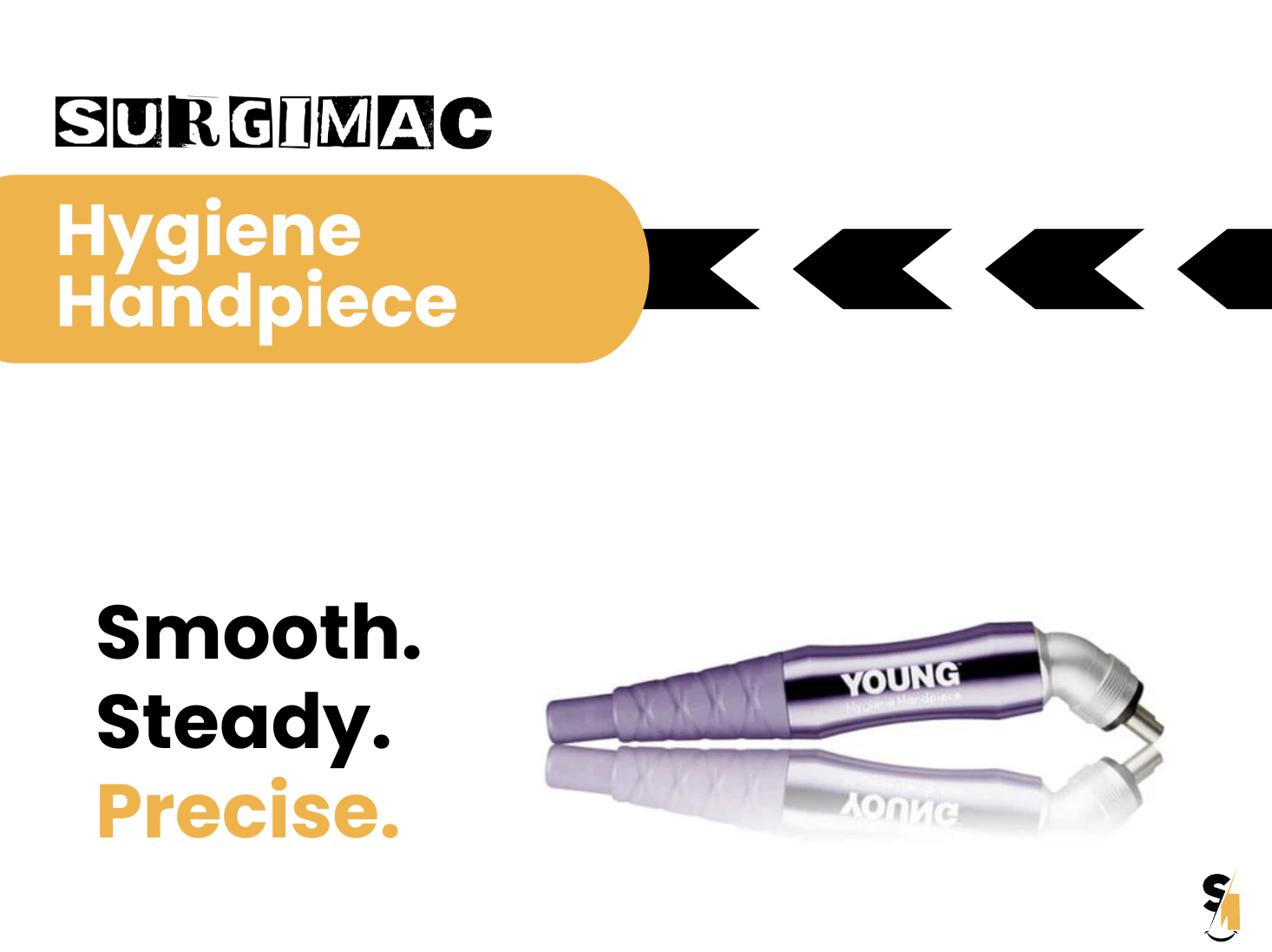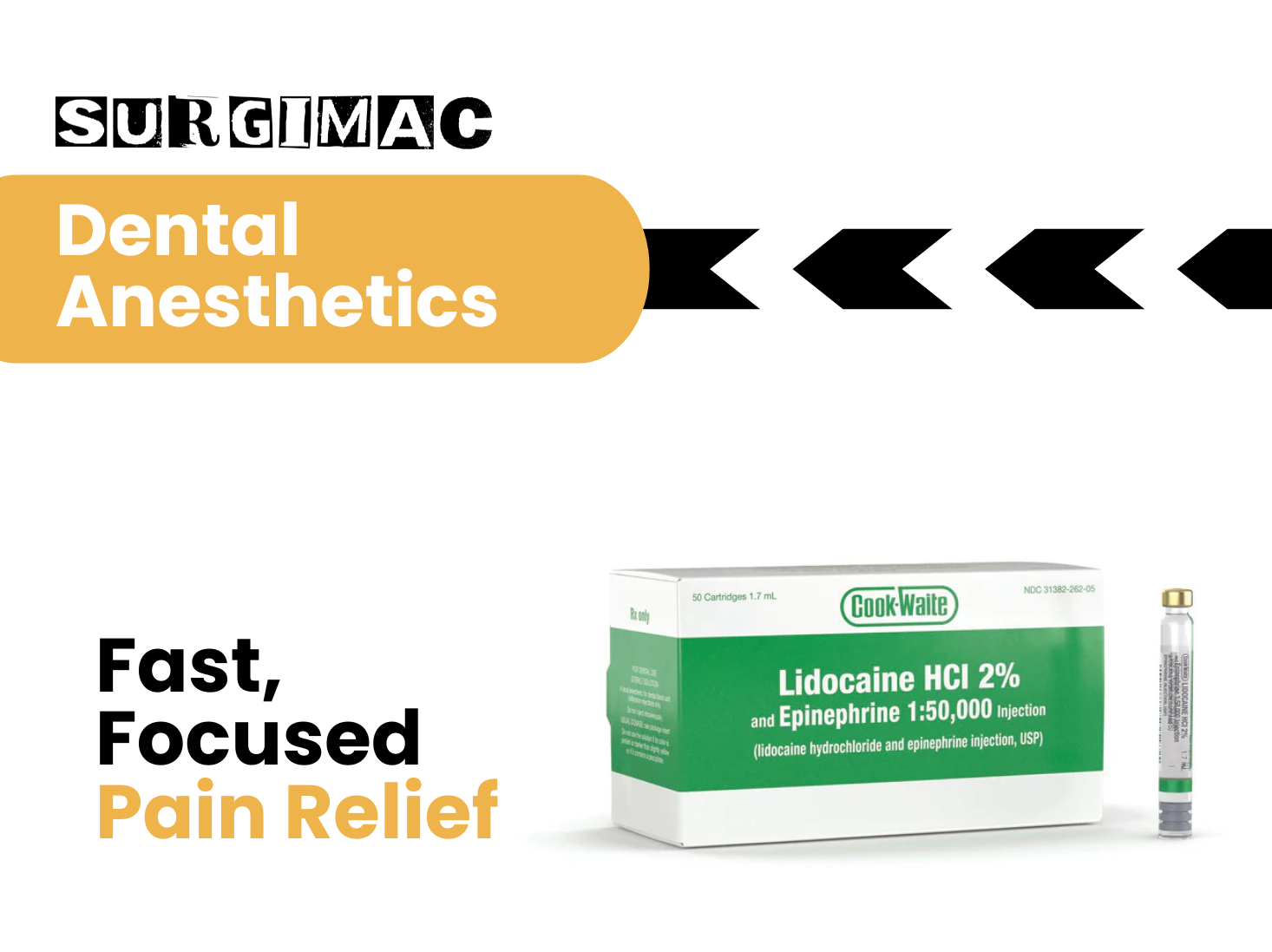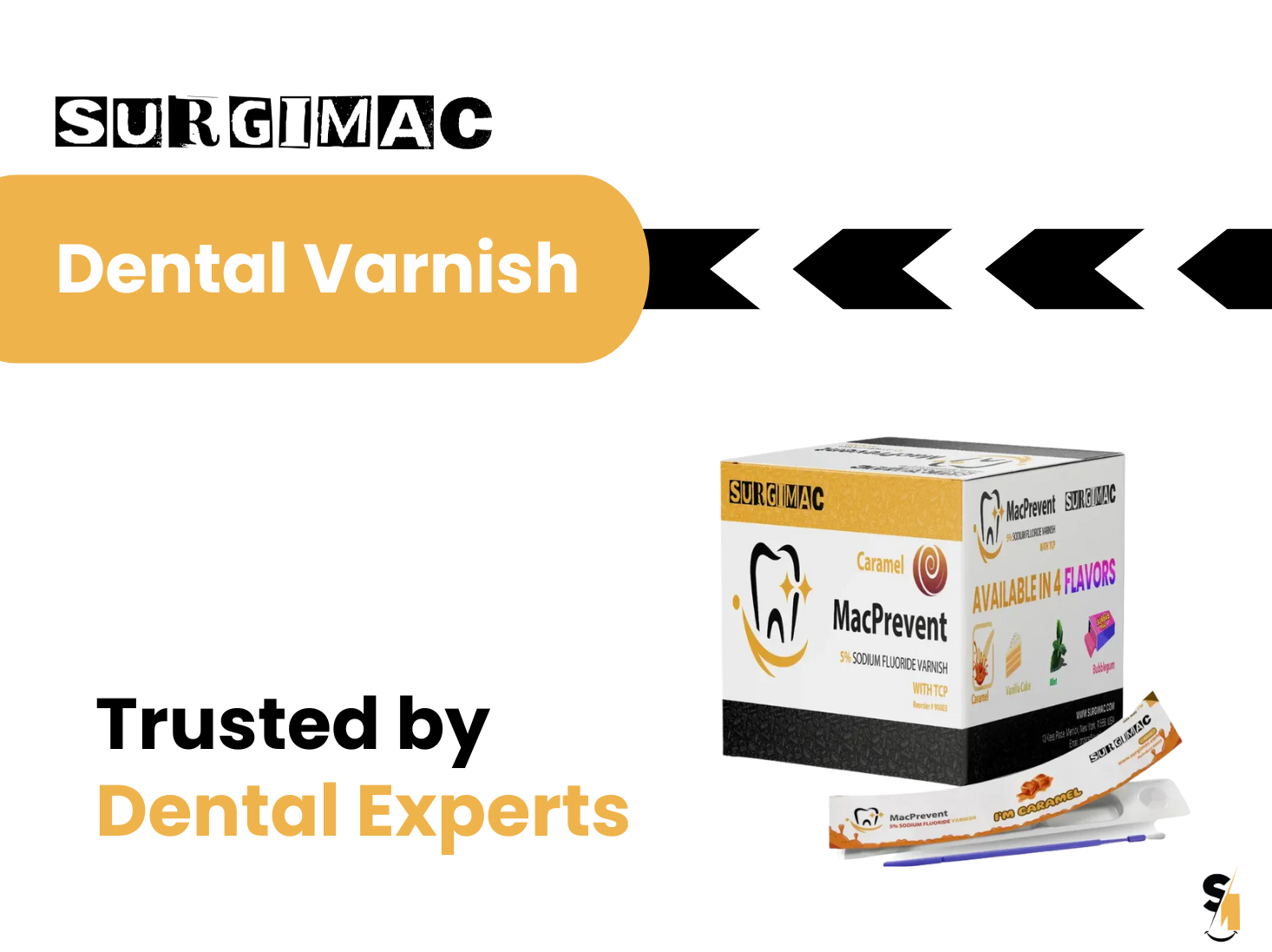Explore the top anesthetic products for dentists, including local anesthetics and pain relief options, to enhance patient comfort during dental procedures.
When it comes to patient comfort, choosing the right anesthetic products for dentists is critical. Whether you're numbing the area for a minor procedure or preparing for a more invasive surgery, understanding the differences between popular options like Articaine and Lidocaine can significantly impact your dental practice.
In this guide, we'll explore two of the most widely used dental anesthesia products: Articaine vs Lidocaine. We'll compare their effectiveness, duration, and potential side effects to help you make informed decisions for your practice.

Articaine: The Power Player in Dental Anesthesia
Articaine is often considered one of the most effective local anesthetics for dentistry. Known for its quick onset and high potency, it's ideal for a variety of dental procedures, particularly those that require deep tissue penetration.
Key Benefits:
-
Fast-acting: Articaine works in as little as 1-2 minutes, making it one of the fastest acting dental anesthetics available.
-
Long-lasting: Patients can expect numbness to last anywhere from 1 to 2 hours, depending on the dose and the type of procedure.
-
Effective for complex procedures: Its high potency makes it suitable for more invasive work, like extractions and root canals.
FAQs About Articaine
How long does a dental anesthetic last?
Articaine can last between 1 and 3 hours, depending on the procedure and the patient’s metabolism.
Disadvantages:
While Articaine is excellent for most uses, it may not be the best choice for patients with certain health conditions, such as severe cardiovascular issues. As with most dental anesthesia brands, there are risks of nerve damage in rare cases.
Lidocaine: The Go-To Standard
Lidocaine has been a staple in dental offices for decades. It’s well-suited for less invasive procedures and is known for being reliable and versatile.
Key Benefits:
-
Wide availability: Lidocaine is one of the most accessible numbing agents for dentists and is often used in minor procedures like fillings or cleanings.
-
Moderate onset: It takes about 2-5 minutes to begin working.
-
Safe and effective: For patients who may not need something as strong as Articaine, Lidocaine offers a gentler alternative.
FAQs About Lidocaine
How long does a topical anesthetic last?
Topical dental anesthetic gel containing Lidocaine typically lasts around 30 minutes, but may need reapplication for longer procedures.
What happens if you use too much Lidocaine cream?
Overuse of Lidocaine can lead to toxic reactions, including dizziness, shortness of breath, and even seizures in severe cases. It’s crucial to follow dosage guidelines strictly.

Articaine vs. Lidocaine: Which is Better?
Both injectable dental anesthetics have their merits. Articaine works faster and penetrates deeper, making it a better choice for longer or more complicated procedures. Lidocaine, on the other hand, is a solid option for less intensive work, providing reliable numbness without the need for a stronger anesthetic.
| Feature |
Articaine |
Lidocaine |
| Onset Time |
1-2 minutes |
2-5 minutes |
| Duration |
1-3 hours |
30 minutes to 1.5 hours |
| Best For |
Invasive procedures (e.g., extractions, root canals) |
Minor procedures (e.g., fillings, cleanings) |
| Availability |
Less common |
Widely available |
Topical Anesthetics for Dental Procedures
For surface-level treatments, topical anesthetics are indispensable. Products like Topical Anesthetic Gel Benzocaine provide quick, temporary relief before injections or minor dental work.
How long until dentist's numbing wears off?
Typically, topical dental sedation products like Benzocaine last about 15 to 30 minutes.
Managing Dental Pain with the Right Supplies
For managing dental pain, having the right dental anesthesia supplies is essential. Whether you need a fast-acting injectable or a longer-lasting topical solution, ensuring you have a variety of oral anesthetics for dentists on hand can improve patient comfort and satisfaction.
Increasing Anesthesia Effectiveness in Dentistry
Maximizing the effectiveness of your anesthesia can also depend on your dental anesthesia techniques. Proper injection methods, combined with high-quality dental anesthesia brands, ensure patients remain comfortable throughout their procedures. Products such as anesthetic needles and aspirating syringes can significantly enhance the accuracy of anesthetic administration.
Choosing the best pain relief products for dentists means balancing potency, duration, and patient comfort. Whether you prefer Articaine for its fast onset and deep penetration or Lidocaine for its gentler, reliable numbing, SurgiMac has you covered. From topical anesthetics to injectable solutions, SurgiMac provides top-tier dental anesthesia supplies to help you deliver pain-free experiences to your patients.
For more information about dental anesthesia supplies and numbing agents for dentists, visit SurgiMac's Local Anesthetic Collection.
Related Links:









